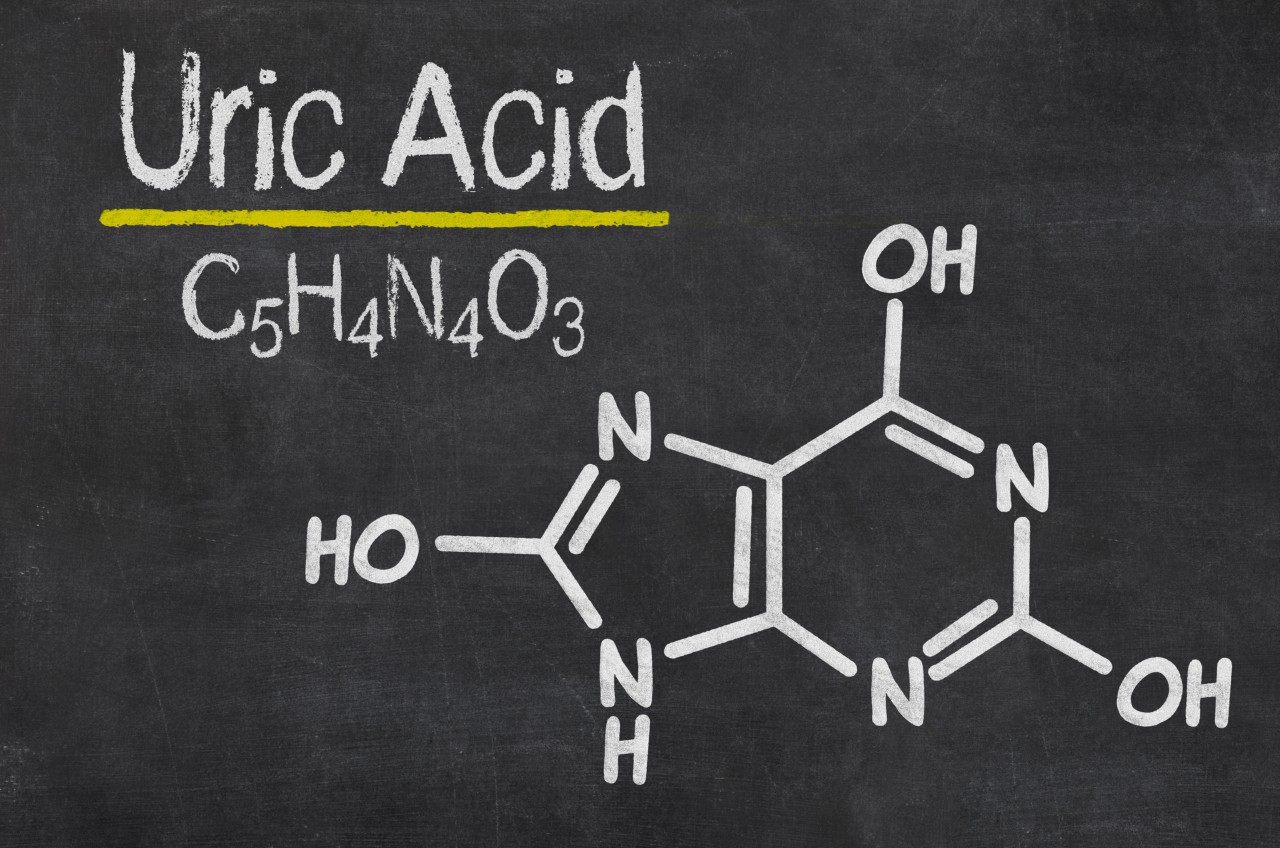Adults with hyperuricemia, or excess uric acid, are well known to develop chronic kidney disease (CKD). Children can also be affected by hyperuricemia, but the association between hyperuricemia and CKD is less well characterized in the adolescent population. “Hyperuricemia and Progression of CKD in Children and Adolescents: The Chronic Kidney Disease in Children (CKiD) Cohort Study,” which was published in American Journal of Kidney Diseases, investigated a connection between hyperuricemia and CKD progression in over 600 children and found that increased levels of uric acid were predictive of a more rapid decline in kidney function.
“To our knowledge, to date, no studies have evaluated uric acid’s effect on progression of CKD in children,” wrote Dr. Kyle E. Rodenback, a researcher on the study at the University of Rochester Medical Center. “If uric acid level predicts faster deterioration in glomerular filtration rate (GFR) in children with CKD, the addition of urate-lowering therapy to CKD treatment protocols for children may be warranted.”
All patients in the study were from the Chronic Kidney Disease in Children (CKiD) Study conducted throughout North America. Fifty-two of 55 sites in the study had children with adequate data records to investigate the interplay of uric acid and CKD progression, yielding a total of 678 children for analysis, with 627 providing addition data on long-term events.
Stratifying the patients into uric acid levels, children with higher than 7.5 mg/dL of uric acid in their serum showed the lowest GFR, highest number of adverse events, and largest decline in kidney function. Onset of events was soonest in individuals with greater than 7.5 mg/dL of uric acid in the serum, and this trend was evident by the first year following their initial uric acid measurement. By the fourth year following the first measurement, less than 40% of patients with greater than 7.5 mg/dL of uric acid in their serum had an adequate GFR, compared to nearly 75% of patients with a uric acid serum concentration of less than 5.5 mg/dL.
Uric acid may be indicative of rapidly progressing CKD due to a positive feedback mechanism. Along with CKD comes a decreased GFR, and this increases serum uric acid levels. Increased uric acid can then damage the renal vessels within the kidneys, thus accelerating CKD by damaging the vasculature and further affecting GFR. If urate-lowering therapy is administered to children with CKD, this mechanism may be inhibited, and CKD may not progress as quickly.

